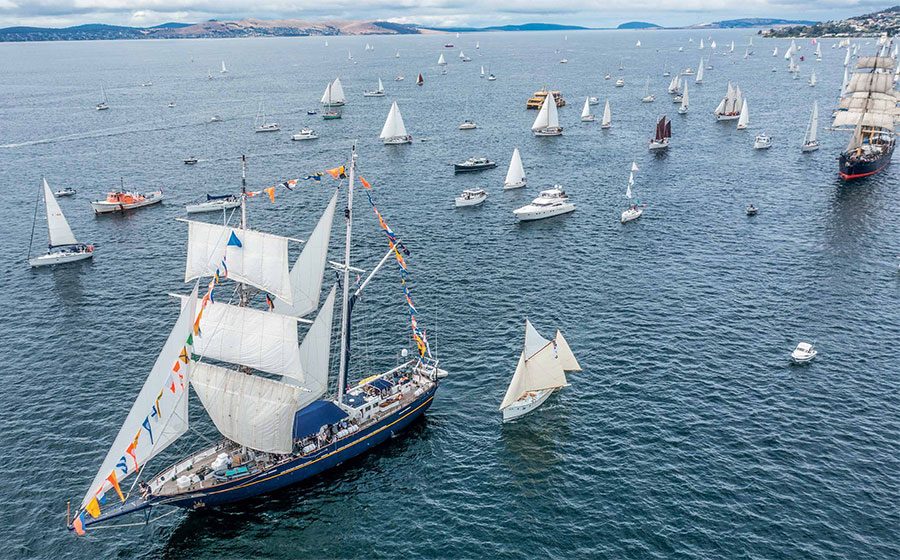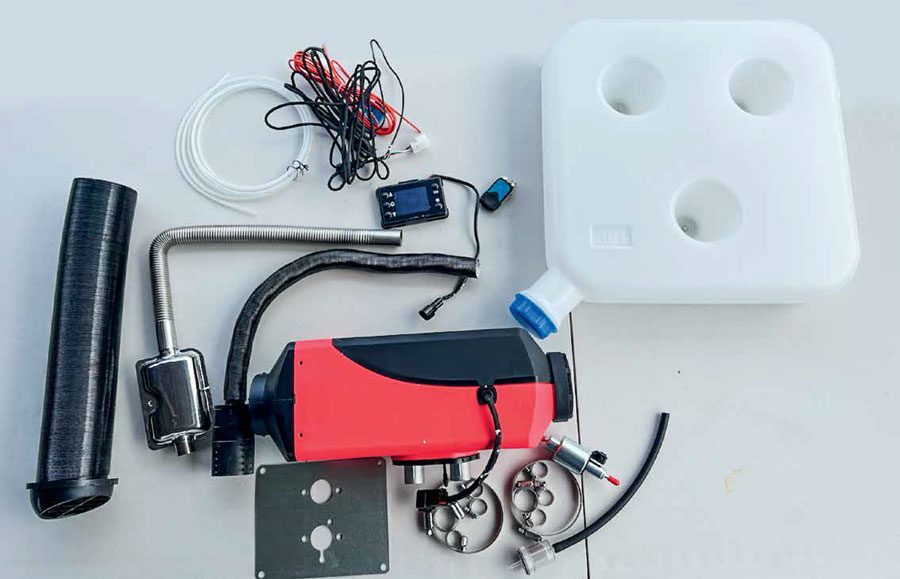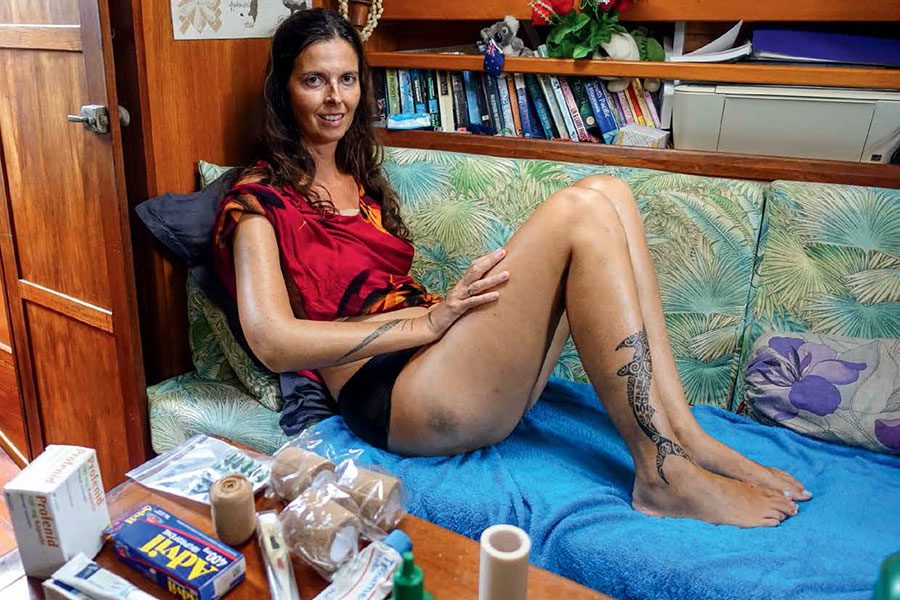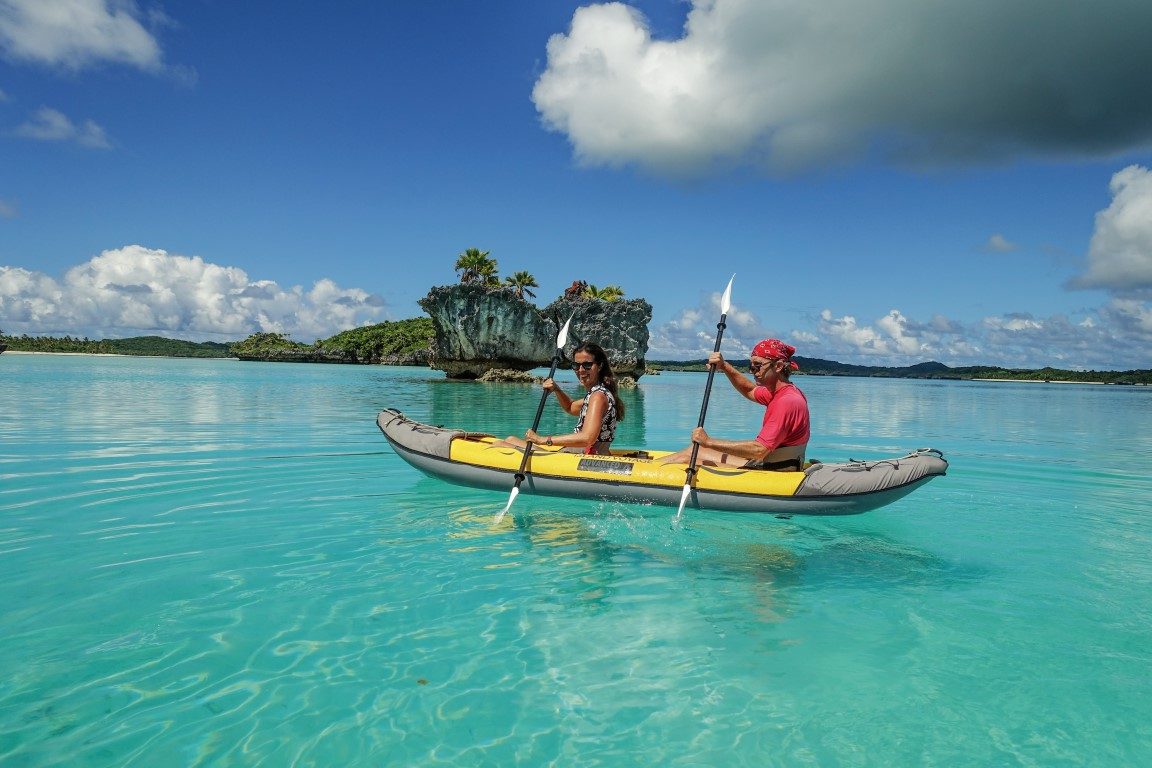

Many people dream of sailing around the world but lots of them never get beyond the marina. It has taken Lewis Faulkner more time than most, but his circumnavigation plans took a quantum leap forward in New Plymouth recently.
While he was in his early twenties, Faulkner helped his brother build a Colin Childs ‘Revenue Cutter’ design called Tangaere.
“Then we went sailing for four or five years; from Picton to Brisbane and up the Great Barrier Reef for 18 months, working a bit, sailing a bit.
“Our first few days – in the Tasman – were the worst. It was screaming from the southwest with 40-foot (12m) seas breaking on top.”
Lewis disembarked in Singapore and travelled through Asia and the USA, but Tangaere was sold in Thailand.
“I eventually got home to New Zealand, determined to do a circumnavigation,” he said.

But there was a slight problem – to circumnavigate the planet you need a boat and Lewis didn’t have one. So, following in the footsteps of Johnny Wray and other ingenious seafaring Kiwis, he decided to build one.
“I liked the Childs design – it had a lot of freeboard and good buoyancy. She was similar to the Colin Childs-designed 11m schooner City of Dunedin campaigned by Dick McBride in the 1982 BOC Round the World Race.
It was 1982 and he was living in Whakatane. He came across a paddock near town where two other people were building boats.
“I got some railway irons and levelled them off, then welded the seams and butts in the hull plating. The three-quarter length keel was welded on and the hull turned over.” Working from Childs’ plans, the 35’ 6”(10.9m) loa began to take shape as frames and stringers were added.
Childs’ single-chine design was simple to build and, from his experience with Tangaere, he knew she was strong and seaworthy.
By then the young boatbuilder had become used to the concept of having no spare time, weekends or holidays. The steel yacht swallowed all his spare hours. “The boat was a bit like an appendix – it just wouldn’t let go,” he laughed.

“I didn’t really know how to weld when I started,” he recalled, “except for the bit I’d done helping my brother build his boat… and some I’d learned from a boilermaker after school.
“But I like working with my hands – that’s all you need, and a bit of common sense.” These skills came in handy later on as he installed the kauri interior.
Meanwhile he acquired a 35hp Perkins diesel engine which had been cashiered from a tractor, marinised it, and installed it low in the hull. “I wanted to keep the weight low,” he explained, “so it has belt drive from the 2:1 reduction gearbox to the propshaft.”
This set up powers the 10,500kg yacht at about 6 knots.
Faulkner has also added a shapely (and comfortable) pilothouse to the original flush-decked design and a small bowsprit to carry a bit more sail power.
Meanwhile he had married Lizz (Elizabeth) who had a teaching position at Northland College on offer.
So the yacht was trucked to Whakatane and craned into the river to be motored to the Bay of Islands.
“It all turned to custard after that,” he smiled. “We bought a farm in South Hokianga and started running dry stock.” More land was acquired and two sons, Edward and Matthew, joined the family.
The boat had been trucked to the farm from Waitangi and sat in the backyard behind the house, “rusting away.”
After 17 years they had accrued 250 acres but Faulkner said he was “sick of farming.” So the Faulkners sold the house and five acres, hired a digger, and dragged the boat on rollers to another site.


Lizz is a Taranaki person born and bred and she wanted to move home, so the boat once more took to the roads and rolled all the way to New Plymouth to take up residence in the harbourside boatyard at Tasman Marine.
Faulkner started a concrete kerbing business, which wasn’t very lucrative, so he joined superyacht builders Fitzroy Yachts and spent the next eight years installing hydraulic systems in superyachts.
“There’s an amazing amount of hydraulic piping that goes into them… I spent hours crawling around between the decks installing things… I loved it.”
A few metres away the boat, now called ELEM (Elizabeth/ Lewis/Edward/Matthew), endured the wild Tasman weather of western New Zealand drumming against her hull. In between times, Faulkner painstakingly installed interior joinery and panelling, all in rich kauri, batteries, wiring and fittings above and below decks.
“Forty years seems like a long time to build a boat – it’s hard to work out, but I reckon I’ve spent about three to three-and-ahalf years’ full-time work spread over the 40 years. A lot of my time has been taken up with other stuff.”
Then, the final task: in October 2022 a crane plucked ELEM off the hard and swung her out over the water. For one heart-stopping moment a lifting strop tangled round the propeller, but son Matthew took the plunge to free it and ELEM was gently lowered into the tide to a round of applause from the small crowd huddled in the boatyard out of the wind.
Forty years on, Faulkner’s circumnavigation dream is on its way to becoming a reality. This time he is in his mid-sixties, not his mid-twenties, but at least he finally has the boat for the job. “I’m really happy with her,” he says.
First on the agenda is a two-month cruise to Fiordland this summer with three crew and then maybe a circumnavigation of the South Island. After that? “Who knows,” he shrugs, “the world’s our oyster.” BNZ

ELEM specifications
loa 10.9m
beam 3.6m
draft 1.52m
weight 10,500kg
fresh water 350 litres
fuel 300 litres
thickness: deck 3mm
bottom and sides 5mm
keel 6mm
keel shoe 12mm




